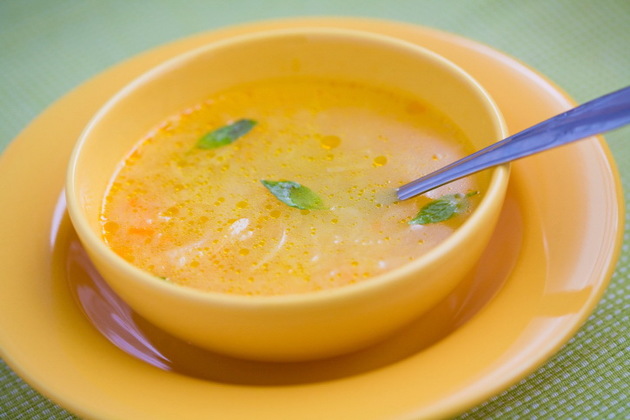

This type of fiber absorbs water during digestion, turning into a soft, gel-like substance. The most healthful way to get fiber is by eating fruits with skins left on, vegetables, whole grains, beans, nuts, and seeds. 25 grams per day for adult females, and 21 grams after age 50.38 grams per day for adult males, and 30 grams after age 50.According to the Academy of Nutrition and Dietetics, people following a 2,000-calorie diet should get the following amounts of fiber: How much fiber you need is based on your age and sex. If the food doesn’t cause symptoms, you can add it back into your diet.

To do this, try introducing a small portion of one high fiber food per day. Increase intake gradually by 5 grams of fiber per week. This is help prevent uncomfortable side effects. When you’re ready to start introducing fiber again, it’s best to do this slowly. Read more to learn healthful ways to follow a low fiber diet. People should only follow a low fiber diet under the guidance of a healthcare professional. Without proper guidance, the diet it can cause unintended side effects and make symptoms worse in the long run. The low fiber diet limits the amount of nutrients you get, and it’s not intended for weight loss. ease abdominal pain, diarrhea, and other symptoms.ease the amount of work the digestive system is doing.reduce the amount of undigested food moving through the gut.The aim is to give your digestive system a rest. You might need to follow this diet before having a colonoscopy, after types of surgery, or during certain cancer treatments. Because of this, a doctor might recommend a low fiber diet to treat flare-ups of digestive system problems, including:ĭoctors might also recommend a low fiber diet to treat diarrhea and cramping. A low fiber diet, or low residue diet, limits the amount of fiber you eat each day by restricting foods high in fiber.įiber is good for your health, but it may be difficult for your digestive system to process at times. Dietary fiber is the indigestible part of plant foods.


 0 kommentar(er)
0 kommentar(er)
